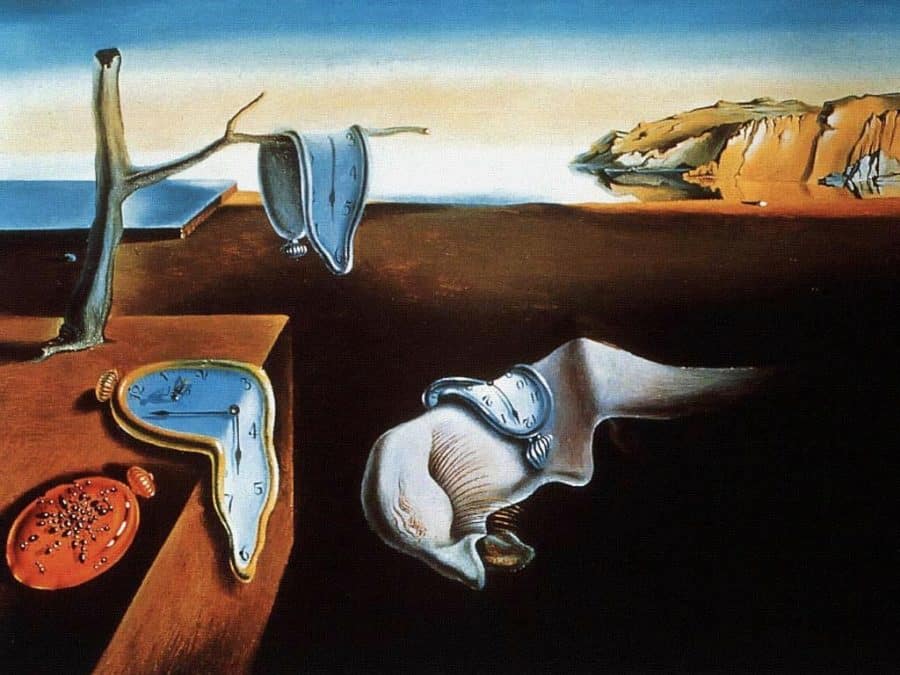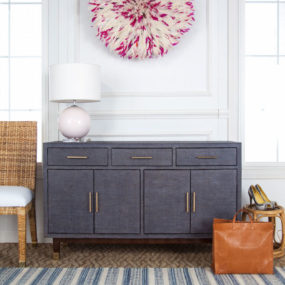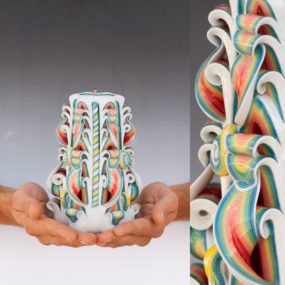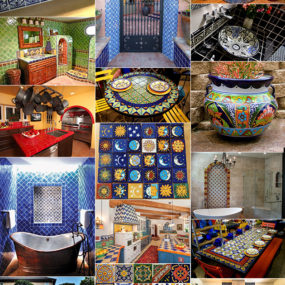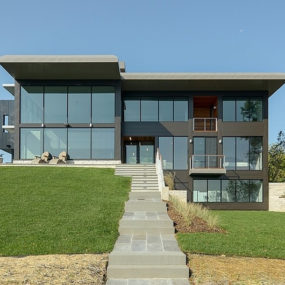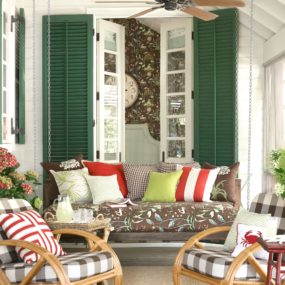With 2017 in full swing, it seems like surrealism is making a comeback in home and commercial décor. In an article by Fastcodesign published this month, the declaration ‘Surrealism is Back’ is made. Why not play with shapes, add illusions, and create a form of complexity in your home? Surrealism has the potential to be stylish, elegant, and thought provoking.
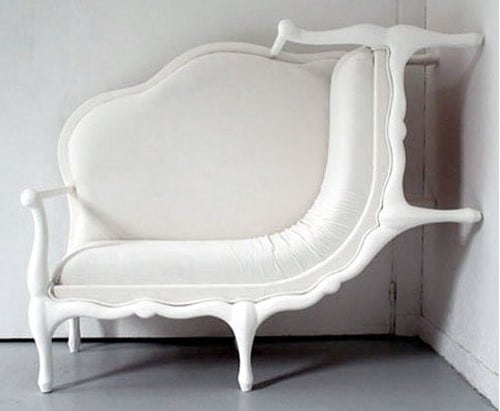
Whether in your residential or commercial space, this fluid art form makes your space a potential gateway to another dimension. This art form came about in a time where questioning the rules of society occurred on a daily basis. Although we do this daily in current times, the political climate of the United States and the entire world may explain the resurgence of surrealism. The associate director of merchandising of the MoMA Design Store, Chay Costello, says, “Old orders were ending and a new era was beginning, and that feeling is definitely being echoed today. Surrealism reflected those complicated times through asserting a nuanced version of reality.
What is Surrealism?
Surrealism is interpreted in a number of ways because it is a fluid art form. This form of art was borne out of the idea of “overthrowing the oppressive rules of modern society by demolishing its backbone of rational thought.” Typically, this art is to express the creativity of the unconscious mind. If you are trying to spot a surrealist piece of work or design, look for these elements:
- Repetition of Objects
- Changing the Scale of an Object
- Levitating Objects
- Dreamlike Qualities
- Being Perplexing in Some Ways
- Elements Which Seem Randomly Drawn
- Objects That Wouldn’t Be Together in Most Situations
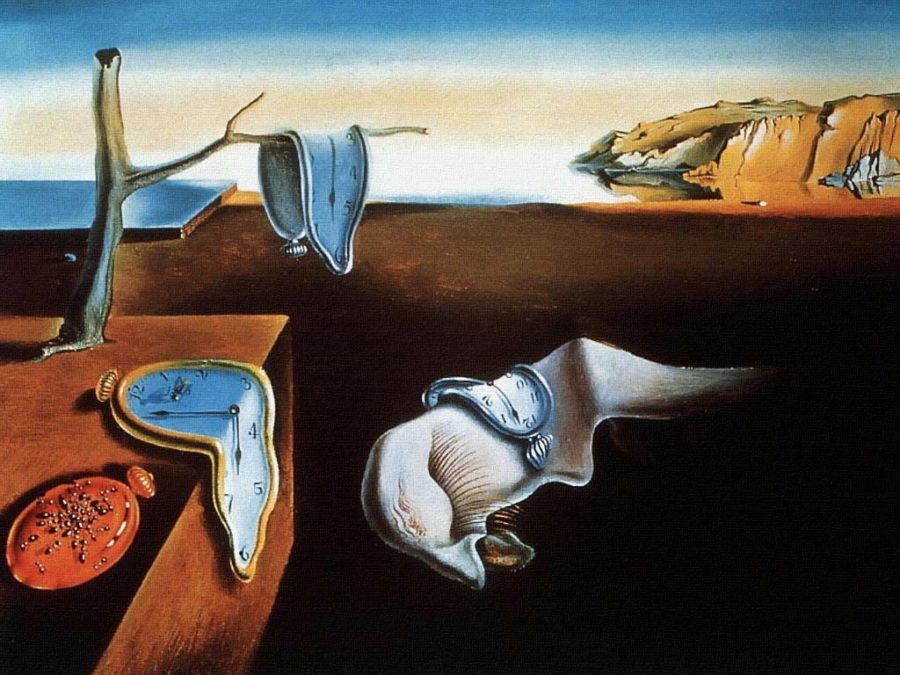
Perhaps the most world-renowned surrealist artist was Salvador Dali. The Spanish artist is known for his work reinterpreting the world. His work, ‘The Persistence of Memory’, made available by the Dali Paintings, show clock losing their power during a dream. The clocks may symbolize the passing of time as one experiences it during sleep.
Surrealist Architecture
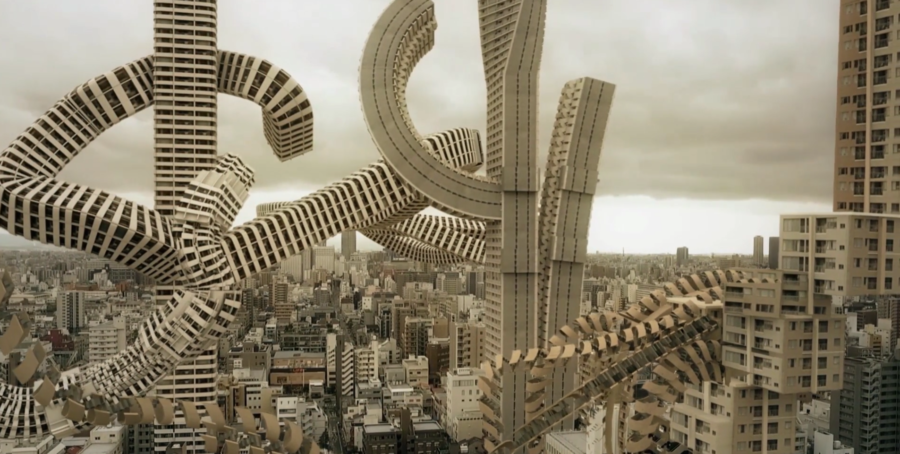
Stefan Larsson created a film short called Spatial Bodies which fuses surrealist ideas with architecture. While these architectural feats are just of his imagination now, it represents a city which is fully defined by surrealism.
This is the epitome of surrealism as it could be, where skyscrapers branch out, snake around, and even chase the sunlight. If physical materials did not limit us. Larsson said, “The primary reason I’m doing this is to visualize ideas, concepts, and visions. To evoke new perspectives and aspects of things. To make the concrete abstract and vice versa…to challenge the perception to some extent.”
Surrealist Design for Every Home
The Museum of Modern Art is releasing a number of surrealist pieces in its Spring offerings. Many of these elements for design have the ability to “breathe a little excitement into interiors and offer a nice little visual reprieve from a taxing time.”
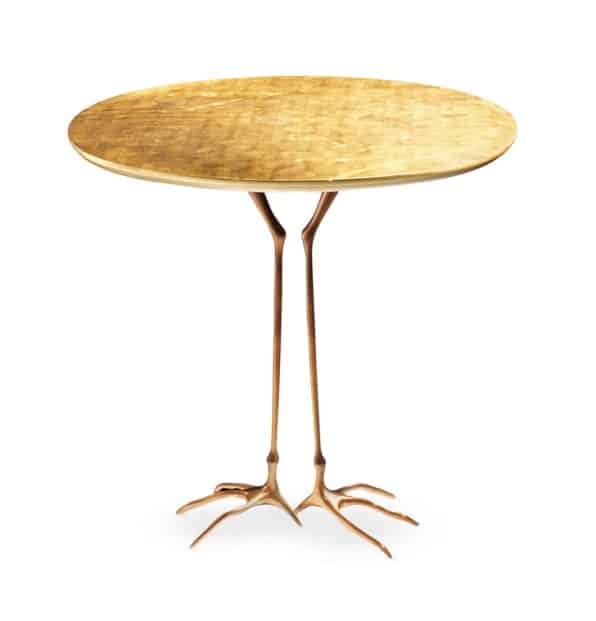
This bronze-and-gold-leaf Traccia table, designed in 1939 by Swiss artist Meret Oppenheim, is now available from MoMA. A seemingly normal table, which can be found in any home, is made with the incongruous addition of bird legs in place of table legs.
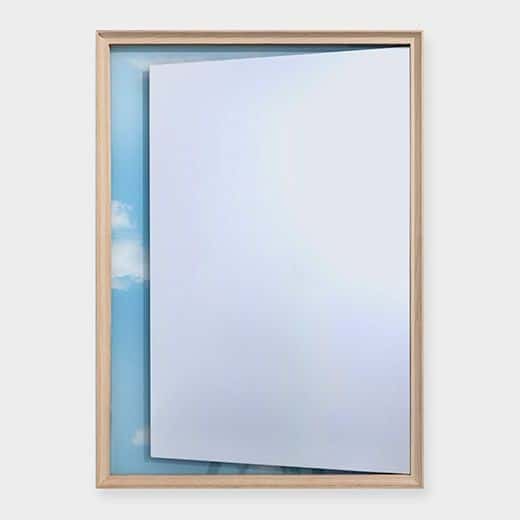
Another piece from the MoMA Design store is this mirror with a trapezoidal shape. It looks as though it is floating in the sky, and reflects differently depending on where you are standing.
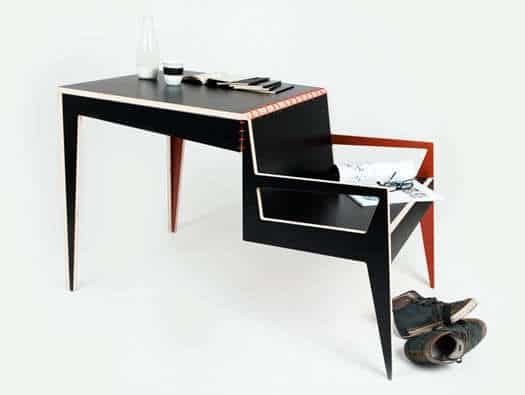
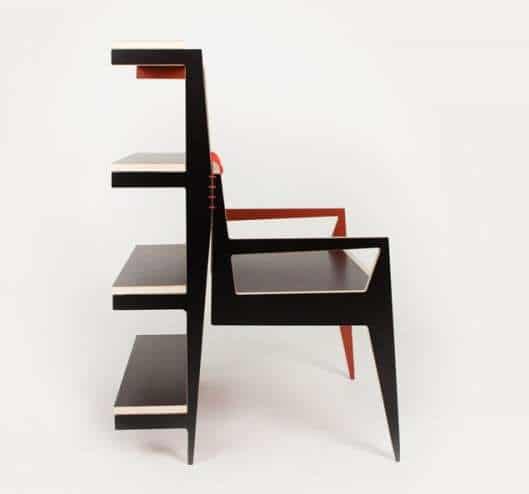
SCAR Furniture from Luca Macri makes a table, shelf, chair, and otherwise versatile furniture piece challenges how we think of furniture. You can sew different pieces together to create various iterations of the furniture.
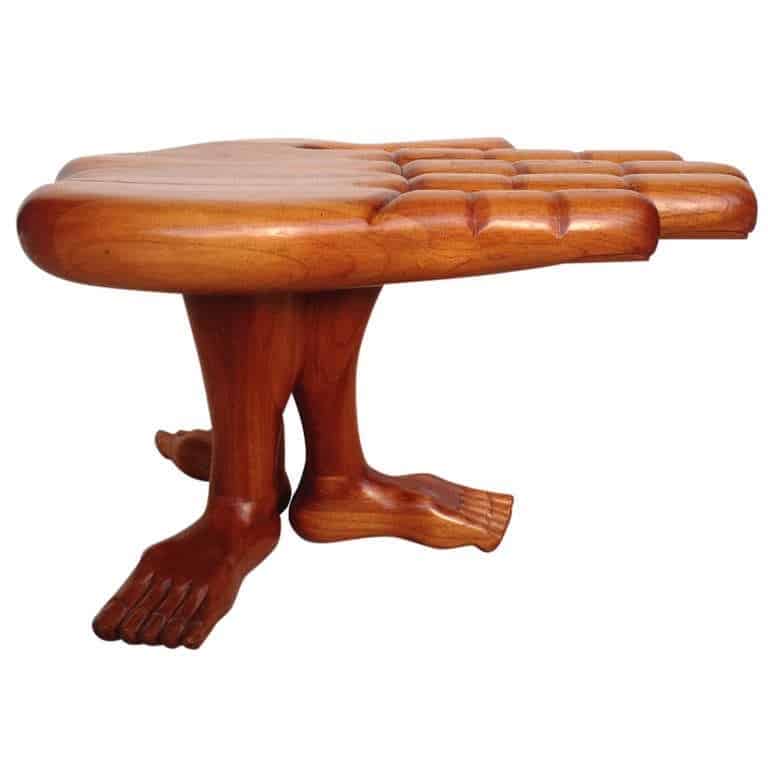
A custom table from Pedro Freideberg made from mahogany creates a surreal focal point in any space. This table makes use of a hand supported by three legs, which is incongruous in multiple ways. Not only is the hand not normally connected to the feet, it is not typical to see one hand and three feet in any form of art.
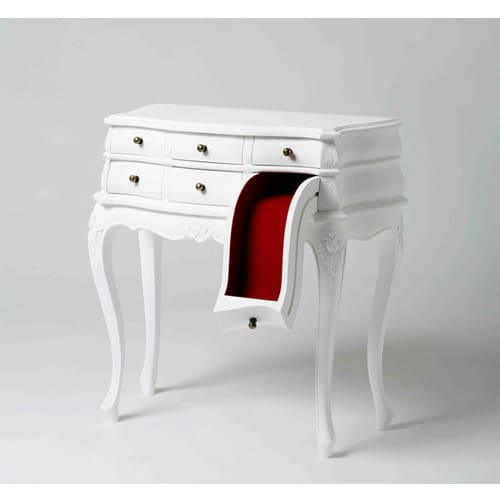
Surrealist home décor redefines the purpose and function of certain options for your home. This dresser from Six Different Ways functions as a dresser except for the one drawer which is always open, a startling shade of red, and way too long to close.

